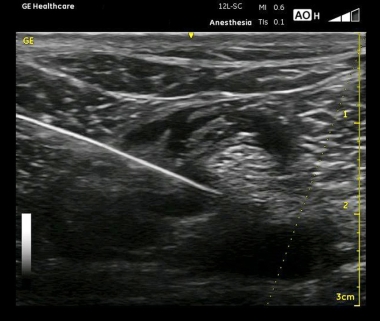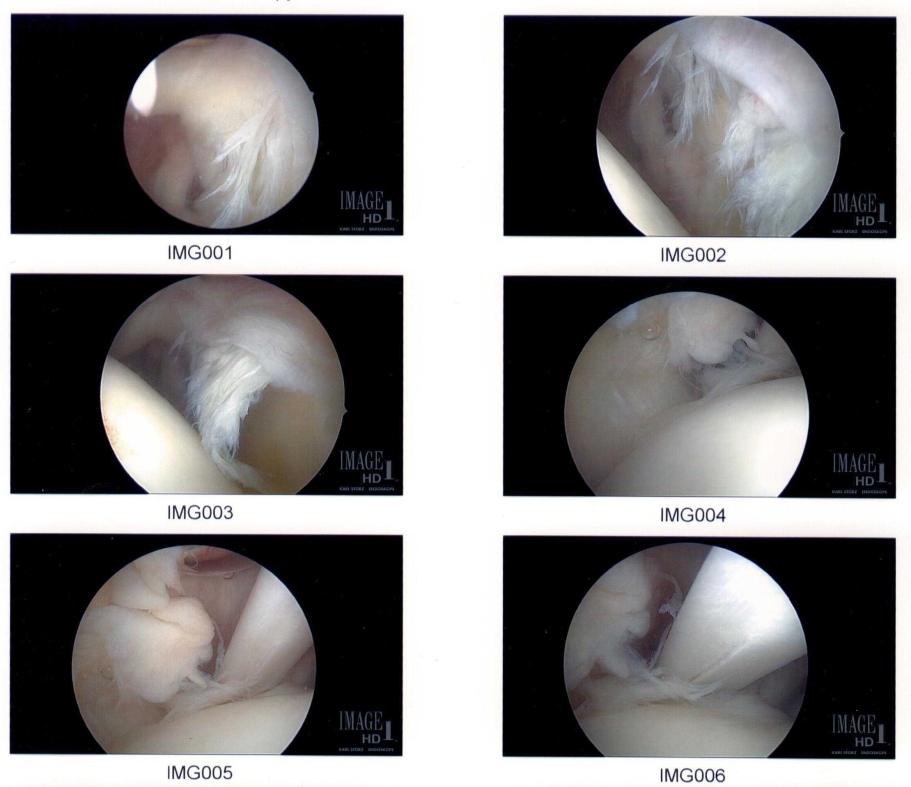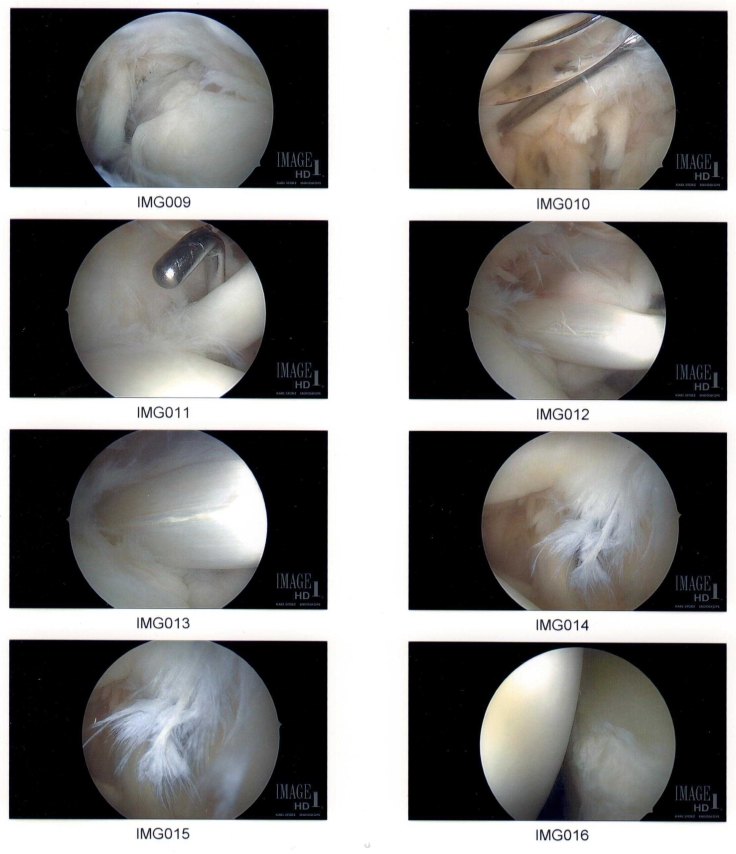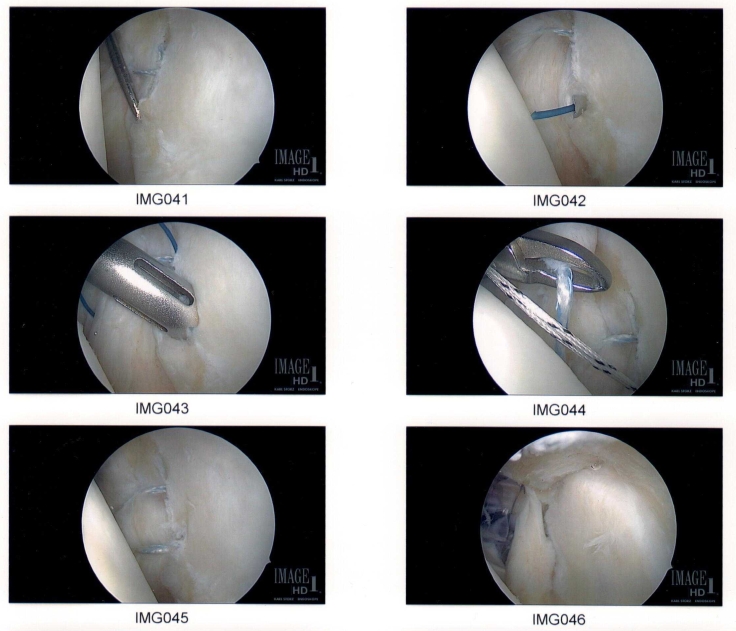All the advice I’ve heard on which side to do first was either “it doesn’t matter”, or “do the worse side”.
A few months ago, my right shoulder consistently felt worse than the left, so I wanted to give the right more time to recover by doing it first. However, I’m also right-handed, and wanted to ease into my period of temporary disability by doing the left first.

My dilemma was resolved when my left shoulder injury flared up last December, from lifting weights at the gym. That injury was a blessing in disguise. It solidified my decision to go through with the surgery, and made it easy to merge rehab from that injury with prehab for the surgery. I opted to do the left shoulder first. At the end of all this I’ll know better if it was a good decision. I’ll report back.

As I write this, it’s been 7 days since the surgery, which happened Feb 26, 2018. Here’s my experience:
The surgery is an outpatient procedure, and the surgical center here in Northern Virginia was very efficient. Within 30 minutes of walking in the front door I was laying on a gurney in a hospital gown. The time between was mostly spent prepaying my hospital fees, which is a refreshing change here in the US, where they usually send an absurdly inflated bill sometime after the fact.
The surgery is done under general anaesthesia. I had to decide whether to also get a ‘nerve block’, an ultrasound-guided injection of local anaesthetic (a sodium channel blocker, like lidocaine) onto a nerve in my shoulder. This blocks feeling and most movement in your arm for up to 24 hours. Nerve block lets the doctors use less general anaesthetic, and reduces pain in the worst period after surgery. 90% of patients choose the nerve block, including me. I don’t regret it.

The last thing I remember is the anaesthetist telling me she was giving me barbiturates.
Going under felt fast, but waking up was slow. I’m told I woke up and passed out again a few times before anything started to stick in memory. Recovering from sedation was a battle. It took a while to recall that I had just had surgery.

I managed to say a few words to a nurse. When I wanted to talk, there would be a delay as I got up the will to do it, then the whole sentence would come out all at once. My body felt far away from my mind.

My surgeon, Dr. Nathan Coleman, came by. I asked if the surgery was over. ‘Yes, of course’, he laughed. I’d already asked that a few times and forgotten. He told me my shoulder was worse than we expected. He had done the biceps tenodesis, but he had to repair the labrum as well, giving me Option 1 + Option 2. Oh, and my supraspinatus was damaged, so he fixed that too. I got a 3 for 1 deal. Matt tells me I should ask the surgeon for a punch card.

At some point I got to see Meghan, who got a laugh out of how drugged up I was, drove me home and put me to bed surrounded by ice packs. I ate a pint of blueberries and went to sleep. Meghan has been the smart one this whole time. She premade soup and took me out to buy button-up shirts and a full zip sweater before the surgery. I hadn’t thought about how hard it would be to put on a t-shirt.

Post Op day 1.
The nerve block hadn’t fully worn off when I woke up, so the pinky side of my hand was still numb, and my thumb was only half awake. My arm was in a sling, and wrapped in many layers of batting and bandage. I didn’t take these off until Day 2. I didn’t feel any pain, but was hung over from the drugs. I took a cocktail of ibuprofen and tylenol with a bit of food and tried some range of motion exercises.

- Happy to be home and ready to exercise (photo Meghan Beamish)
Exercise 1. Biceps range of motion, flexing at the elbow. This is an easy exercise but was painful at the two extremes. I didn’t flex too much but was able to relax to full extension on the first session.
Exercise 2. Passive forward range of motion, using my right arm to raise my left arm in front of me and over my head. This starts bad and gets better over each session. My range went from about 15 degrees up to 60 on the first session. This was a bit painful but mostly just felt blocked on Day 1.
Exercise 3. Hanging arm pendulums, leaning forward and letting my arm dangle. I couldn’t lean very far forward on the first session, less than 30 degrees. This also felt painful but mostly blocked on the first session.
Exercise 4. Squeezing a ball. The nerve block made this hard. Once the nerve block wore off it was fine. I also do finger extensions with a device I bought on Amazon, more to avoid atrophy than for recovery.
I do exercises 3 times a day, after each meal. I take the ibuprofen/tylenol mix with my food, and haven’t had to use the narcotics they gave me. I am eating a lot, my plan is to gain a bunch of weight during recovery to stave off atrophy. No, I don’t know anything about sports nutrition.

Post Op day 7.
The exercises got much easier in the first week:
Exercise 1. I regained painless, effortless full range of motion on Day 4. This was easiest with my palm facing me, and adding a twist to the forearm took a little longer to be painless.
Exercise 2. I quickly got to 110 degrees on Day 4, making steady progress with every session. This was really satisfying, but quite painful on days 2 and 3. It was easiest with my thumb pointing up and much worse in other positions. Since Day 4 the progress has been slow, I’m now around 135 degrees. It’s hard to stretch passively into the top of the range. My favorite method is to hold a foam roller between my outstretched arms and use my good arm to push my bad arm up. As my range improved, the limitation felt less like blocking and more purely like pain when I hit the edge of the range. I’m taking it slow now.
Exercise 3. This was similar to Exercise 2, improving quickly at first with a last bit that hasn’t come yet. I have to bend very far forward to feel limitations in the movement. I still feel some pain in every position when doing this, and a sharper pain at the extremes. I’m slowing down and trying not to overuse the shoulder.
What I haven’t mentioned is all the exercises I’m not allowed to do. This is the frustrating part. I can’t put any weight on my biceps, meaning I can’t lift anything heavier than a coffee cup, for the next 6 weeks, at which point I’ll start to do physio for the tenodesis. I can’t rotate my shoulder in a way that will stress the labrum repair for at least 4 weeks, meaning I can’t lift my arm up to the side, or rotate it out to reach sideways. I’m trying to get really good at the things I’m allowed to do now, so I can focus more on these other things once I’ve healed more.

I stayed home for two days, and worked on my laptop slowly with one arm. I took my arm out of the sling part time on Day 2. I went into work on Day 3, and mostly stopped using the sling. My understanding is the sling makes some parts of recovery better, and other parts worse. I try to use my arm as little as possible, but I don’t use the sling during the day. I sleep with it on, to keep from moving my arm at night.

I have some bruises from the surgery. Bruises are caused by small amounts of blood trapped in tissue under your skin. The initial purple color comes from the iron-rich oxygen-carrying hemoglobin that’s in your red blood cells. In the first week of the bruise, the iron is scavenged and reused by your body, and the heme is broken down into a green intermediate called biliverdin. ‘Verdin’ means green.

As time goes by, biliverdin is further metabolised into a reddish brown pigment called bilirubin. ‘Rubin’ means red. I’ll post the next update in the bilirubin stage.


Kasper, thanks for sharing your story and progress! My mom had the first of two knee surgeries this year, and I see a lot of parallels in your stories. She just hit her the 6-week mark. Good luck with the rest of your recovery, and eventually with the second surgery!
LikeLike